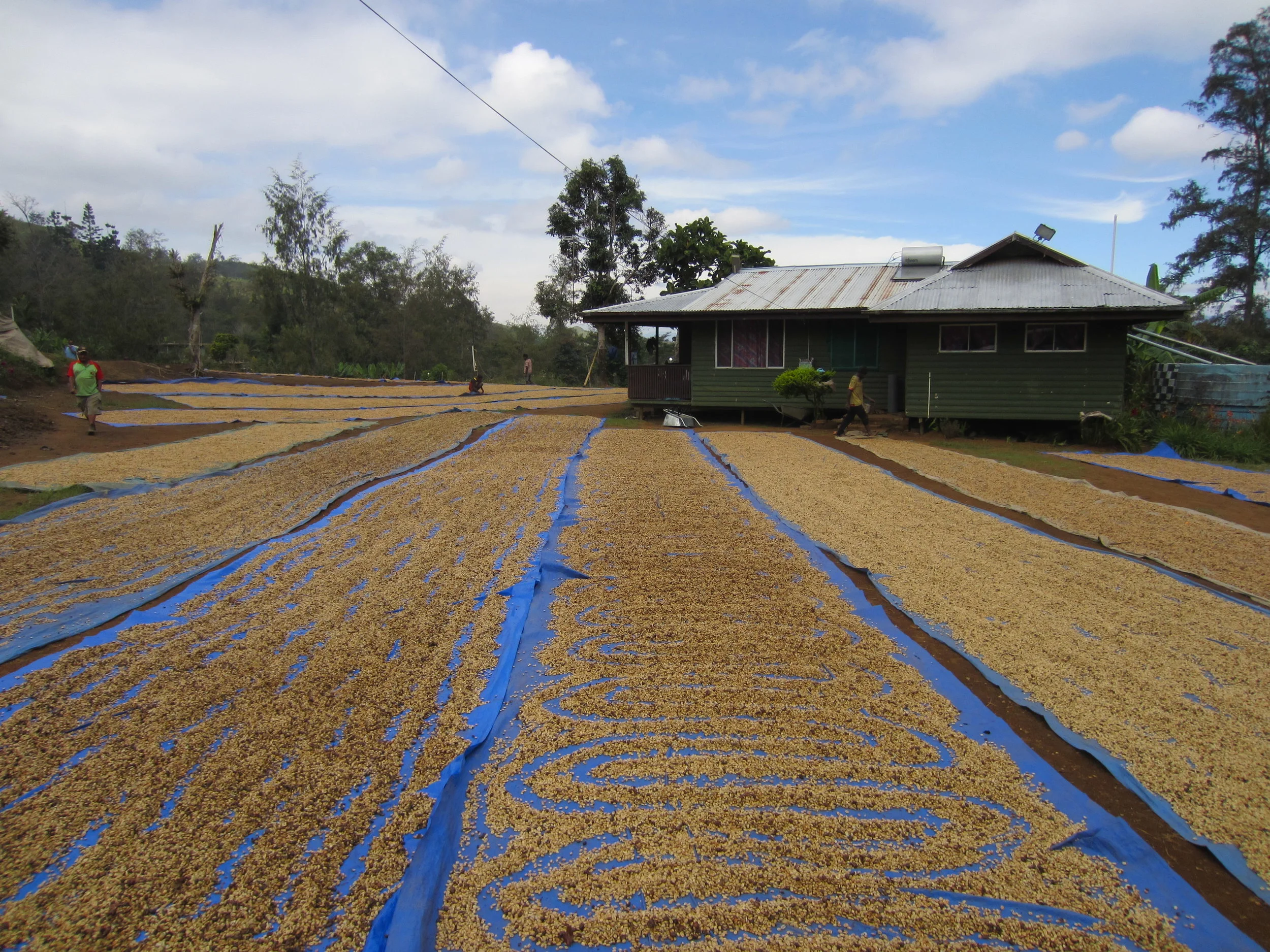Papua New Guinea
OCEANA
Coffee was first introduced into Papua New Guinea in the late 19th century during British and German colonization. In the 1920s, Arabica coffee was introduced from Jamaican seed stock and became commercially viable during the 1950s.
Close to 95% of the coffee produced in the country are washed Arabica with the other 5% being low grown Robusta.
Most of the coffee is grown in the highlands and an estimated 87,000 hectares are under cultivation, mostly produced by smallholder growers with under 2.5 hectares in their garden.
Papua New Guinea is noted for its mountainous terrain, cultural differences, and historical changes in the infrastructure. With most of the coffees grown in the highlands, the lack of roads and infrastructure makes it difficult to move coffee from the remote farms to the market.
Papua New Guinea coffees are often confused with Sumatra coffees, but are vastly different in the cup. Most coffees from Papua New Guinea are wet processed in contrast to the wet hulling of Indonesia. The best ones maintain good acidity, have a medium to full body, and show clean fruit and floral notes.


